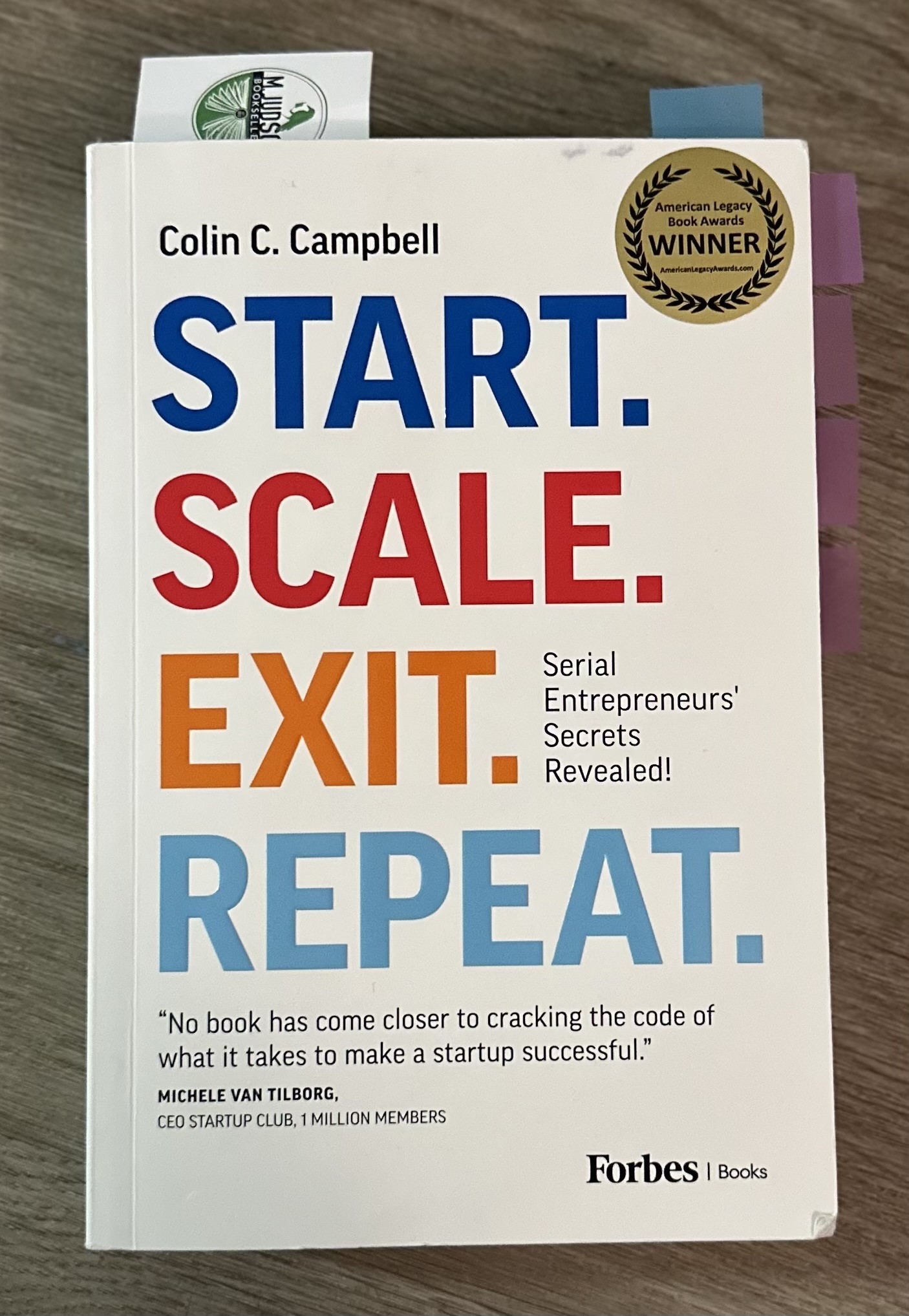Chapter 2 Breakdown: From Idea to Action — Making Your Startup Vision Real
Series: Start. Scale. Exit. Repeat. Reflections | Author: Brent Parker, Resilience Repurposed LLC
Welcome Back to the Start. Scale. Exit. Repeat. Reflections Series
In Chapter 1, we explored how to identify high-potential ideas in everyday life. Now in Chapter 2, we shift gears from thinking to doing. Because let’s face it — an idea without execution is just a daydream.
In this breakdown of “From Idea to Action,” we will explore the psychological shift required to start building, the common traps founders fall into early on, and how to take bold first steps without setting yourself up for failure. Let’s get tactical.
💭 Ideas Are Worthless. Acting On Them Is What Matters.
Campbell starts strong: having an idea means nothing if you’re not acting on it. Entrepreneurs get paid to execute, not to brainstorm (Campbell, 2023).
🗣 Share Your Ideas
Don’t protect your idea as if it were buried treasure. Sharing it allows you to refine your pitch, find early feedback, and build connections. As Campbell writes, “Sharing your ideas with others is the first practical action you can take” (Campbell, 2023).
🏛 Use Accelerators & Incubators
Look for local startup accelerators and incubators in your area. These communities often provide seed funding, mentorship, and access to early-stage resources, supporting entrepreneurs in their development.
🧠 Visualization Is Key
Before you build anything, visualize it. Campbell encourages founders to develop clarity on what they want to create, including customer experience, pricing, delivery, and branding.
📛 Your Name Tells a Story
Your company’s name should be memorable and meaningful. Campbell emphasizes that names should communicate your purpose, not just sound cool.
🚫 Don’t Bring in Investors Too Soon
It’s tempting to chase capital early. However, if you have not validated your idea, this could backfire. Campbell urges founders to prove product-market fit before giving up equity.
😴 Sleep On It
Not every action needs to be immediate. Some of the best decisions are made with rest and distance. Campbell reminds us that sometimes pausing briefly is more strategic than pushing forward mindlessly.
🚀 Taking Action Creates Innovation
Ultimately, Campbell closes with a powerful reminder: innovation doesn’t happen in your head. It happens through motion, trial, error, and iteration.
💡 Final Takeaway:
Chapter 2 is a wake-up call to take your idea off the shelf and into the workshop. The world doesn’t reward the best idea — it rewards the boldest execution.
🔁 Coming Next: Chapter 3 – Catching the Next Wave
In the next post, we will break down how timing can make or break a business — and how to position yourself to ride the right wave at the right time.
💬 Let’s Connect
Got an idea you’re sitting on? Tell me about it. Tag me on LinkedIn @Brent Parker. You never know what conversation could turn into collaboration.
📚 References (APA Style)
Campbell, C. C. (2023). Start. Scale. Exit. Repeat. Wiley.


